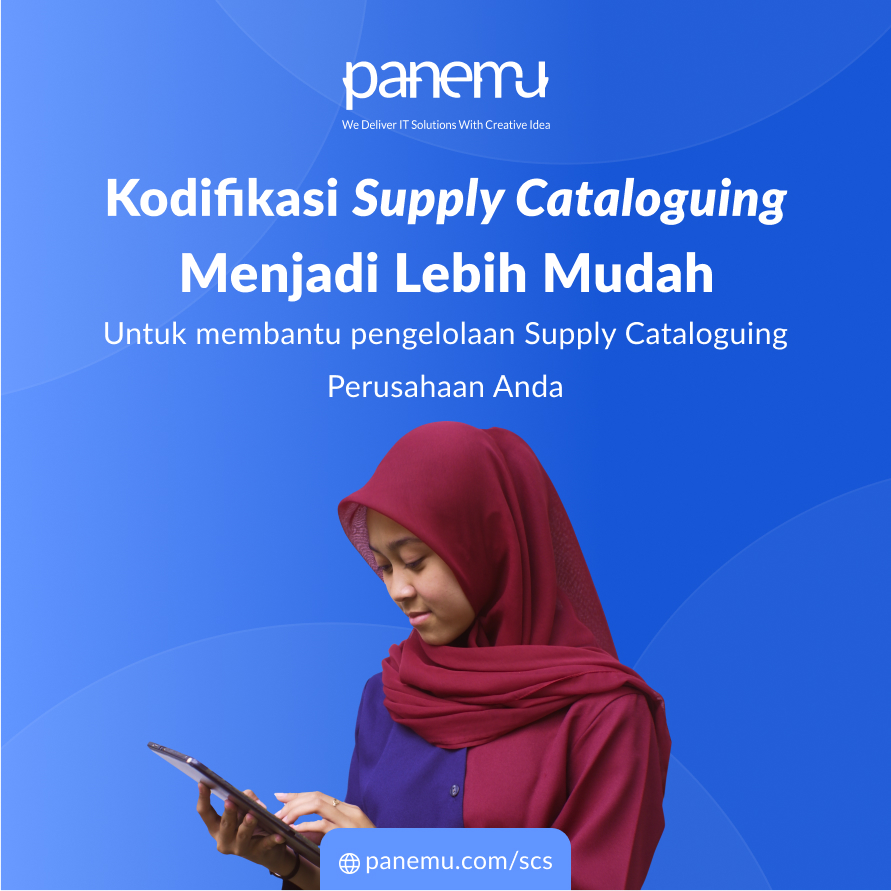Imagine an industrial ecosystem where every bolt, bearing, and bracket is not just tracked—but understood, optimised, and empowered to deliver value throughout its existence. That is the promise and purpose of Item Lifecycle Management (ILM). In a domain as complex and data-sensitive as Maintenance, Repair, and Operations (MRO), mastering ILM is not merely a best practice—it is a necessity.
Behind every successful operation lies a web of interconnected materials and systems. From the moment an item is requested by a technician to the day it is retired or replaced, the item traverses a complex journey. This journey, if left unmanaged, invites chaos. If structured through ILM, it breeds precision, predictability, and performance.
What is Item Lifecycle Management?
Item Lifecycle Management refers to the end-to-end process of managing all data, metadata, and associated activities related to an item across its entire operational life. This includes:
- Acquisition and sourcing
- Classification and cataloguing
- Usage and maintenance tracking
- Optimisation and updates
- Retirement or disposal
Far from being a static database entry, each item embodies a stream of decisions, actions, and outcomes. ILM ensures that these elements are not only recorded but actively leveraged to enhance asset performance, procurement accuracy, and operational continuity.
Why ILM Matters More Than Ever
In today's industrial landscape, downtime is not just an inconvenience—it's a cost centre. Inaccurate data, inconsistent naming conventions, and incomplete cataloguing lead to procurement errors, stockouts, and inefficiencies. ILM serves as a strategic response to these threats by enabling:
- Data clarity across teams and departments
- Operational traceability throughout the item's lifecycle
- Cost optimisation by avoiding overstock and obsolescence
- Strategic sourcing through supplier performance insights
It transforms fragmented data into coherent intelligence that empowers every level of decision-making.
Key Pillars of an Effective ILM Strategy
An effective ILM framework rests on several foundational elements. Each plays a crucial role in establishing a reliable, scalable, and insightful management system for items across their lifecycle.
1. Item Master Data Governance
At the heart of ILM lies the item master—a single source of truth for each material. This master data must be accurate, structured, and continuously maintained. It includes specifications, unit of measure, supplier information, and technical descriptions.
Functional use case: A power plant managing 25,000+ parts ensures that duplicate entries are eliminated, attributes are standardised, and data conflicts are resolved systematically through a data governance council.
2. Structured Classification and Taxonomy
Organising items into logical, searchable categories based on standards such as UNSPSC or eCl@ss is essential. Without this taxonomy, even the best software becomes a labyrinth of confusion.
Functional use case: A refinery uses a five-level classification structure (Segment, Family, Class, Commodity, Item) to enable precise filtering during procurement and spares analysis.
3. Standardisation and Enrichment of Descriptions
Human-readable, standardised descriptions aid identification, purchasing, and maintenance activities. Description templates, aligned with international standards, ensure consistency.
Functional use case: A mining operation deploys rule-based enrichment tools that convert vague descriptions like "valve" into enriched entries such as "VALVE, BALL, 2IN, SS316, THREADED, ANSI150".
4. Lifecycle Status Tracking
Each item goes through various stages—active, obsolete, under review, superseded. Tracking these lifecycle statuses helps prevent ordering outdated parts and ensures timely transitions.
Functional use case: An aviation maintenance firm tags each item with a dynamic status label, updated automatically through system integrations with ERP and CMMS.
5. Integration with Procurement and Maintenance Systems
ILM must be embedded within the broader digital landscape. Integration with Enterprise Resource Planning (ERP), Computerised Maintenance Management Systems (CMMS), and e-procurement platforms is key.
Functional use case: An automotive assembly plant integrates its ILM with SAP and Maximo, enabling auto-synchronisation of part usage, pricing updates, and lead-time adjustments.
6. Version and Revision Control
Items evolve. Technical specifications change. ILM tracks these revisions, ensuring that stakeholders always access the most current and accurate version.
Functional use case: An offshore oil platform assigns version control codes to safety-critical items, logging every engineering change, certification update, and compliance modification.
The Human Side of Lifecycle Management
While technology and data frameworks form the skeleton of ILM, the muscles and sinews come from human processes. Training, role clarity, and change management are essential for sustainable adoption.
- Roles and responsibilities must be clearly defined for item creation, update, and validation
- Training programmes should reinforce the importance of clean data and ILM discipline
- Cross-functional collaboration between engineering, procurement, maintenance, and IT teams is crucial
ILM, ultimately, is a cultural shift towards responsibility, precision, and shared understanding.
Metrics That Matter in ILM
Measuring success in ILM goes beyond system uptime or procurement cycle times. True impact is seen through:
- Reduction in item duplication (% duplicate items pre- and post-ILM)
- Increase in catalogue accuracy and completeness
- Decrease in maverick buying and emergency purchases
- Time saved in part identification and approval
- Supplier rationalisation and cost savings
These KPIs serve as both health indicators and improvement drivers.
Embracing ILM as a Strategic Capability
Many organisations still treat item data as a static necessity rather than a strategic asset. However, companies that excel in ILM recognise its impact on reliability, compliance, risk mitigation, and operational agility. The paradigm shift lies in moving from reactive item data fixes to proactive lifecycle strategies.
Industrial leaders treat ILM not as a side project but as a core competency.
From Fragmentation to Flow: A Living System
Item Lifecycle Management is not a one-time clean-up—it is a living system. Like any living organism, it requires:
- Continuous data hygiene
- Feedback loops from users
- System audits and performance reviews
- Adaptation to changes in regulations, markets, and technologies
When nurtured correctly, ILM becomes the quiet backbone of efficiency, often invisible but always indispensable.
To navigate the complexities of ILM, many organisations turn to domain specialists who understand not only the data, but also the human, technical, and operational layers it intersects with. One such partner is Panemu, whose cataloguing services are designed with a strategic blend of global standards, intuitive process design, and intelligent automation.
If your organisation is ready to move from reactive data correction to predictive lifecycle insight, explore how the Smart Cataloguing System by Panemu can serve as your enabler. With advanced features tailored for industries reliant on precision, traceability, and speed, it offers the next evolution in item lifecycle excellence.
Remember, the journey of an item does not end at its delivery. With the right lifecycle strategy, it becomes a driver of value—from acquisition to obsolescence and everything in between.

